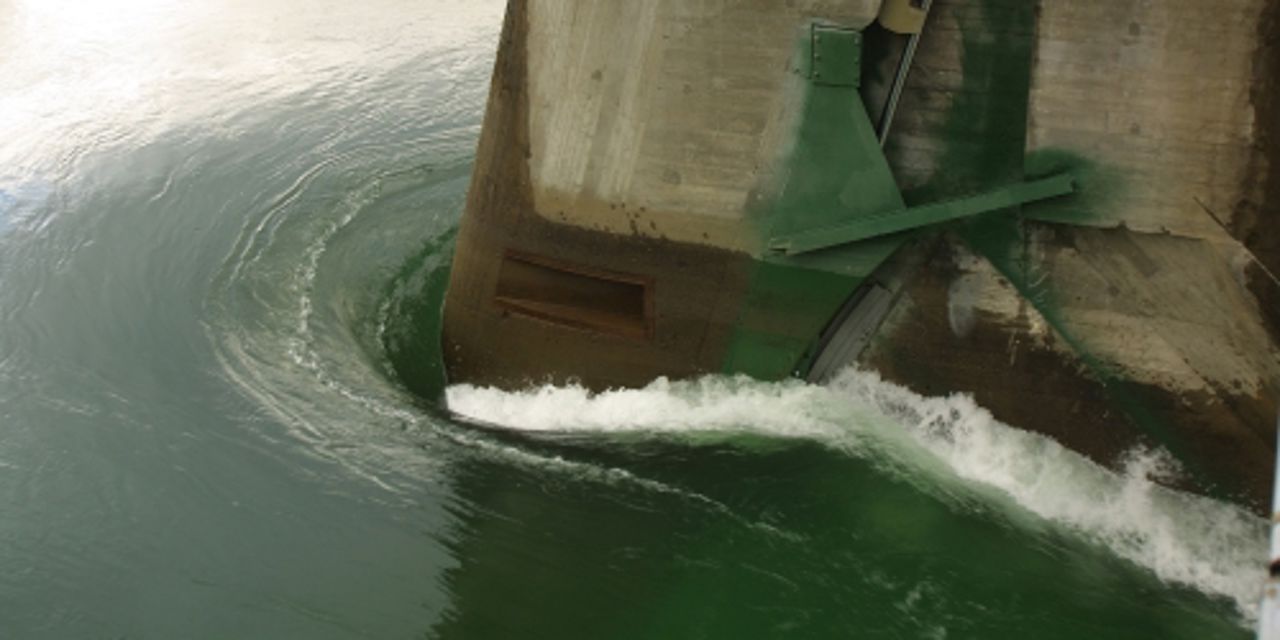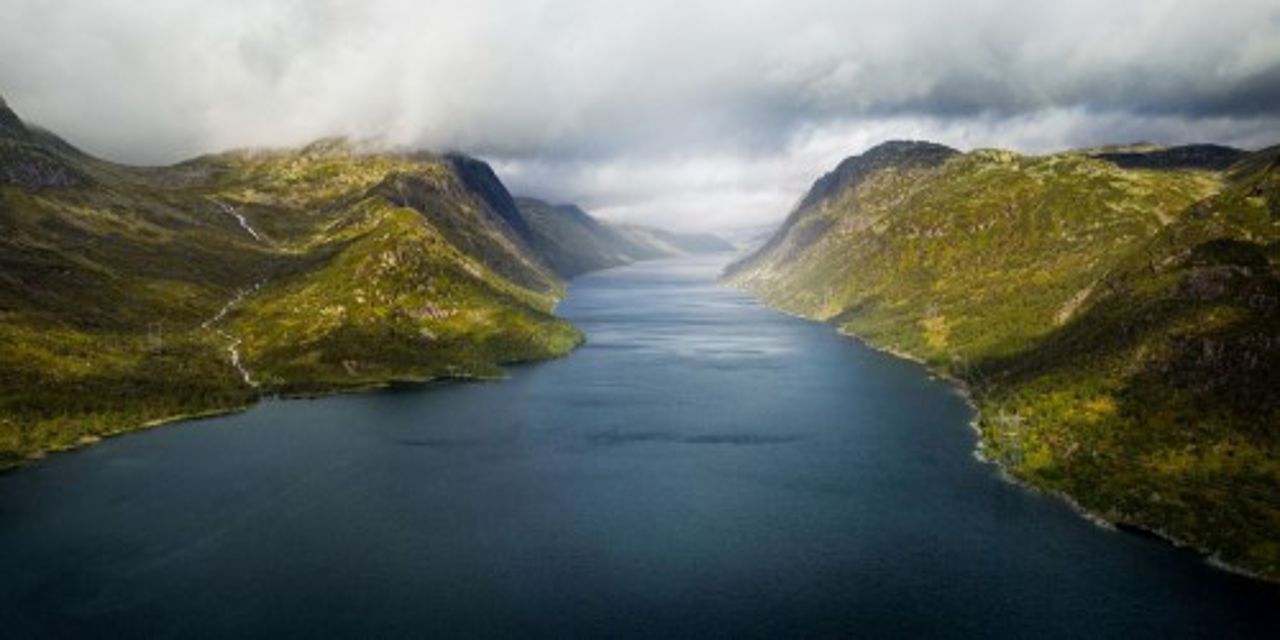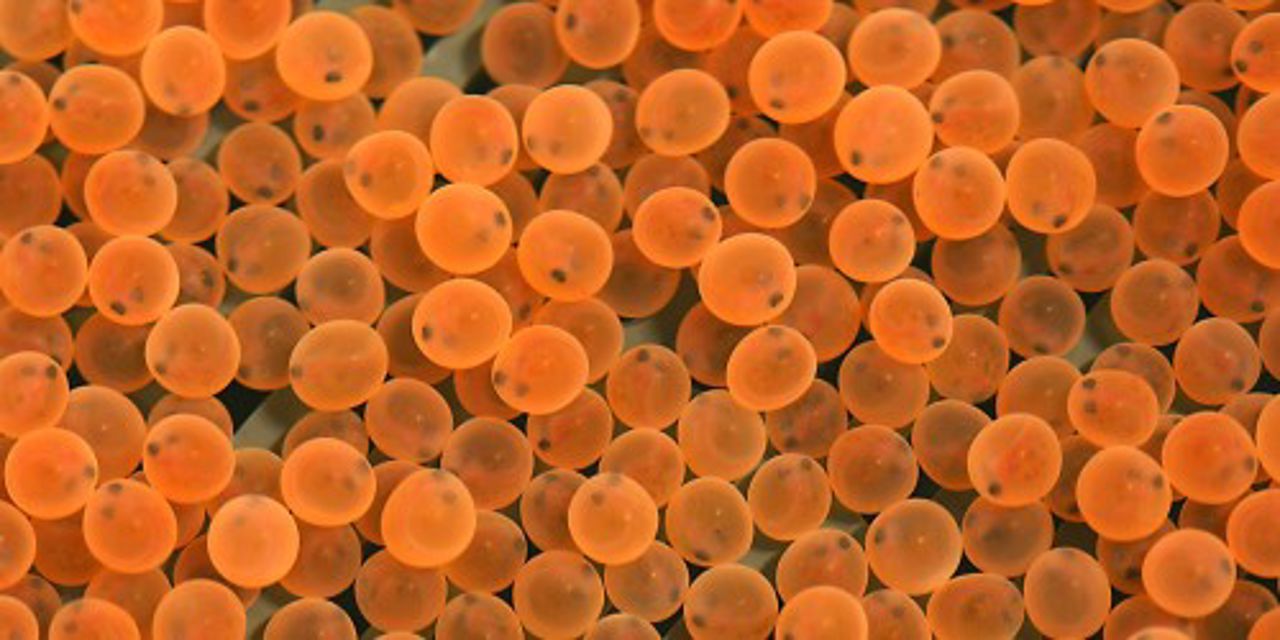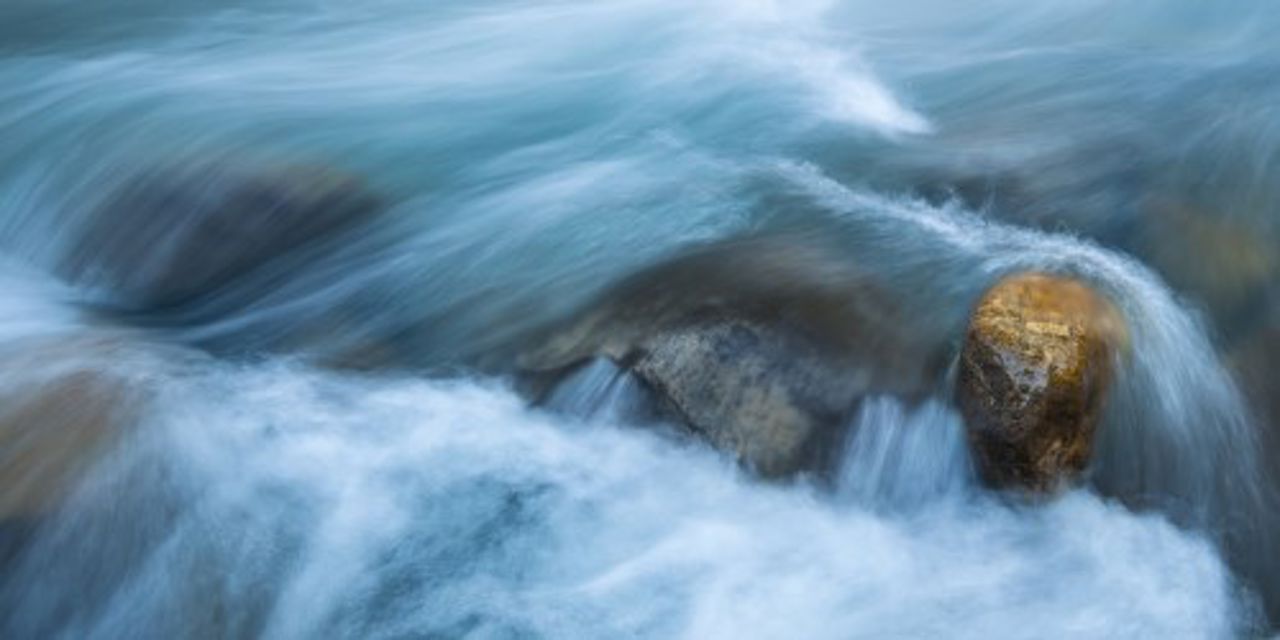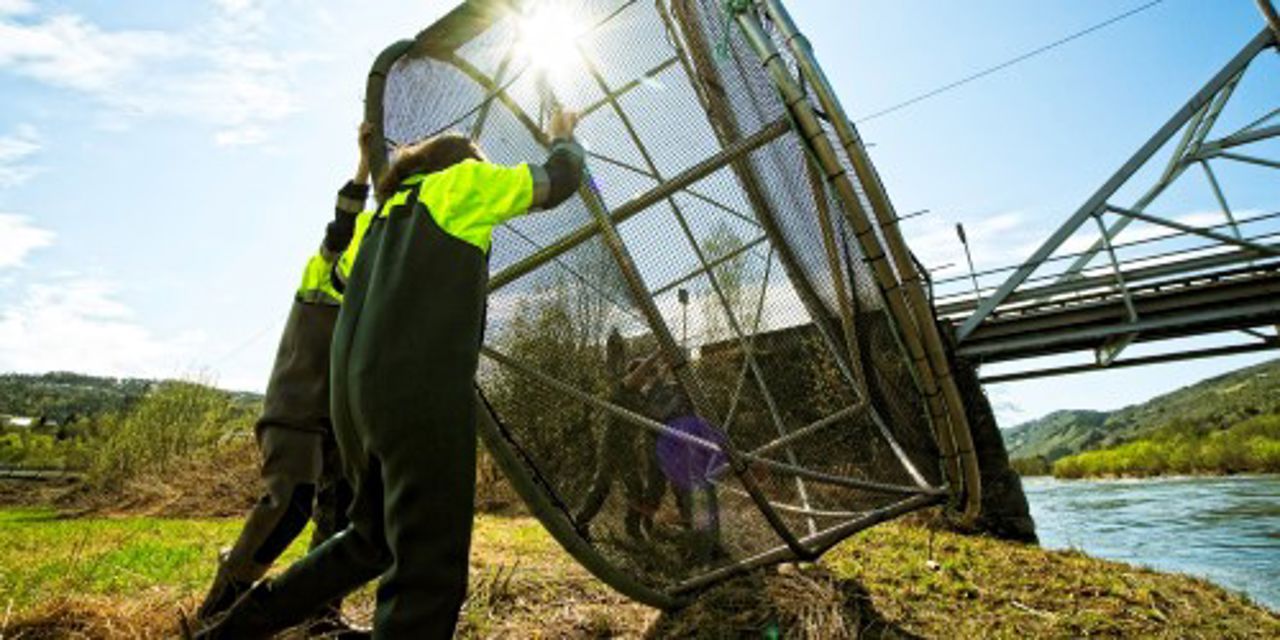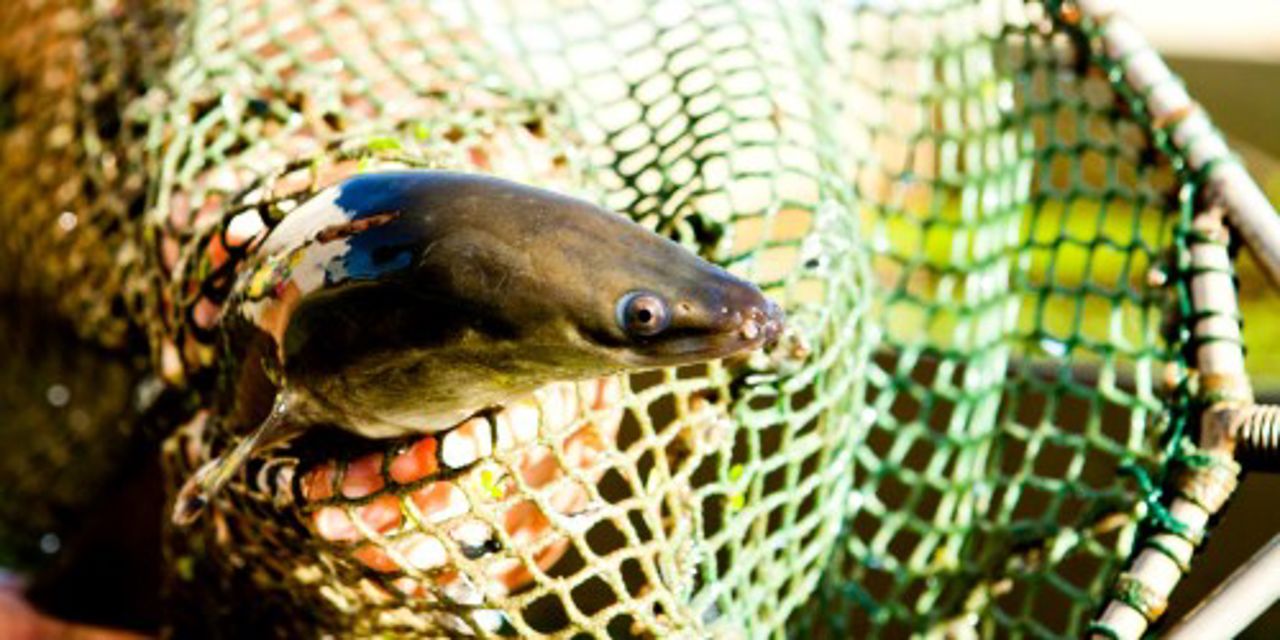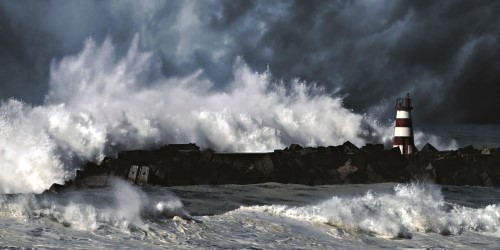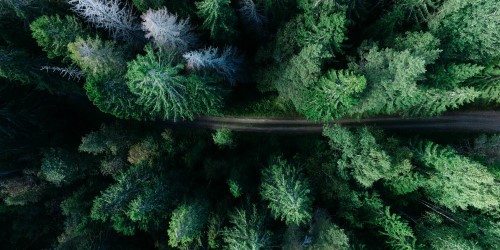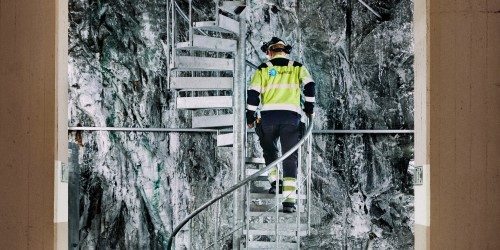Countries

Environment
As we lead the shift towards a renewable energy future, the number of energy installations will increase around the world. We are committed to managing the impacts on the environment caused by our activities in a responsible manner.
From construction to operations, we work to assess environmental risk, carefully weighing different concerns, and implementing mitigating activities. When constructing new power plants we use international good practice and guidance, and when in operation we follow environmental concessions and licenses.
Energy generation impacts the environment
All energy production has an environmental impact. We therefore have a strong focus on research and planning to predict, understand, and minimise the impacts on the environment from our activities.
Large-scale hydropower developments, for example, can lead to significant changes in natural areas. Freshwater species such as wild salmon, trout and freshwater mussel are vulnerable to migration barriers and changes in water temperature, flow and volume. We work systematically to minimise or mitigate such impacts through for instance improving fish habitat and spawning areas and support the migration of fish.
Wind farms have impacts on flying animals, birds and bats in particular, as well as migration patterns of land-based animals. We do comprehensive environmental impact assessments and implement identified measures, such as establishment of no-work zones during construction and operation. Impacted biodiversity areas and sensitive areas are identified early in the planning phase, and we compile information on red-listed bird species.
Solar farms can help to promote wildlife, biodiversity and agricultural sustainability. By restoring hedgerows and planting new trees and native plants, habitats are restored or created for a variety of species, from insects to birds and mammals. These also provide important corridors for pollinator species such as bumblebees to rest and feed, providing a benefit to farmers, gardeners and plant life far beyond the solar farm. At the same time, the soil under and around the solar panels is able to rest and recover over the life of the solar farm, while farmers gain an income which helps provide stability for their business helping to protect British farming and food production.
All our technologies have impact on the landscape by construction of infrastructure. We work to reduce or mitigate these impacts by revegetation projects, preserving soil, air and water from pollution and waste management.
Change in land use impacts biodiversity. As the number of land-intensive renewable energy projects increases, we must continuously work to implement and address the challenges as part of our daily operations and seek to minimise potentially negative impact.






















